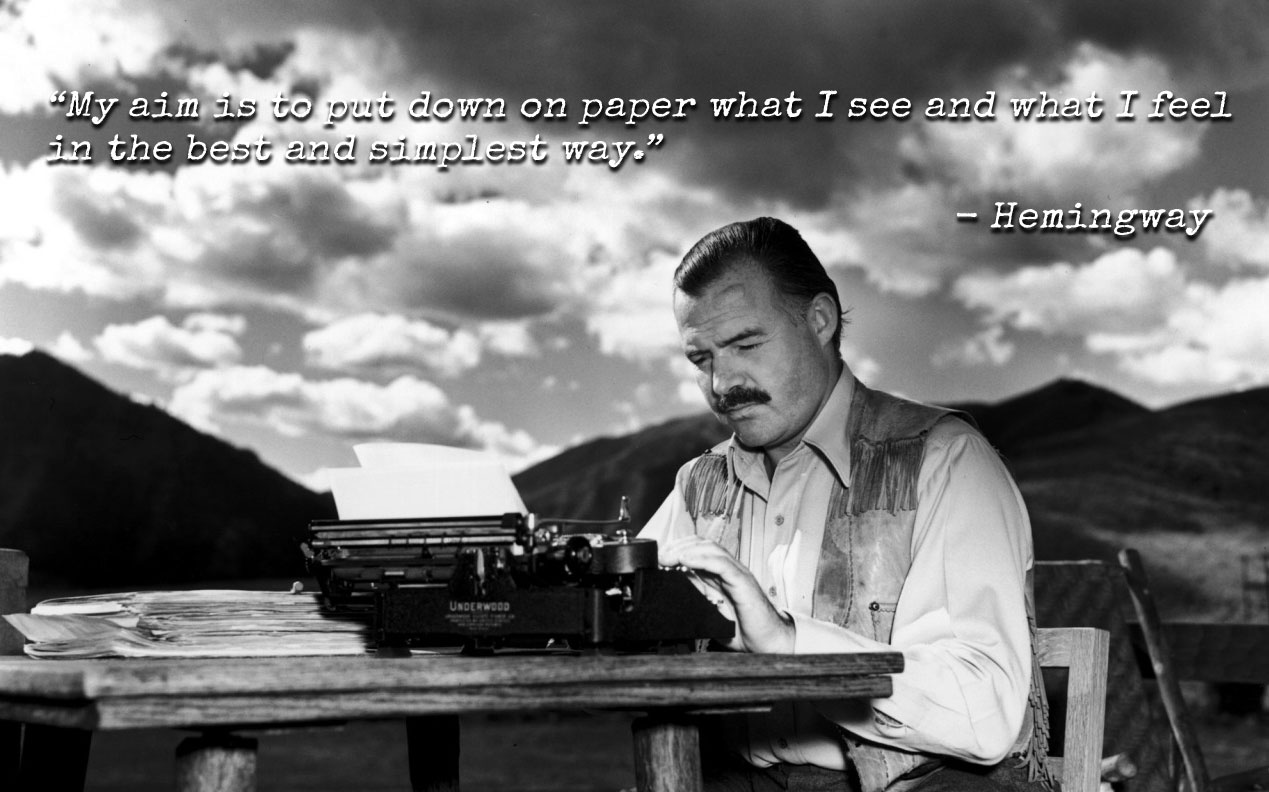
Most of what constitutes branded content these days is so formulaic that it’s indecipherable. It’s as though everyone bought the same book and is following it to the letter. It’s boring and uninspiring. And that’s not just an elitist writer saying this. When I read branded content I think from the perspective of the audience. And, well, yawn. Sure, there are some outliers who get it, but most don’t.
The problem started a couple of years ago when the benefits of blogging came to the fore. “What do you mean we need to blog? Why? We just redid our website!” But then most brands relented, along with the rise of social media, and hired kids out of college to run this stuff. NO OFFENSE to kids out of college. Dude, I WISH we had cool jobs where we get to have a real impact on the growth of brands when I got out of college. Only, most of these kids aren’t writers.
Again, no offense, kids. You’re smart. You are. And you have a ton of energy to work long hours and monitor a brand’s Twitter 24/7. Good on you. Brands need this. But writing is different. And yes, there are some of you who are good writers that can capture a brand’s essence in every post and position it in a meaningful way. Sure. But the kind of talent needed to do that efficiently and consistently usually requires some experience.
Which is why more than one or two people should be contributing to a company blog. In fact, if you’re reading this, you should probably be writing.
“But I can’t write. I don’t have time. Plus, I suck at writing.”
I hear you. Valid points. But if you don’t start writing, then someone else will try to do it for you and, unless you have a professional copywriter on staff, it’s going to look flat and inauthentic. Of course you can always farm your content out to professional writers, but even that’s not nearly as authentic as real content coming from real people who represent the lifeblood of a company.

So how do you do it?
ONE As with all things, it starts with a strategy. Make a list of 12 things you could write 400-800 words about. Don’t worry about specifics right now, just make a list of the things you do, problems you solve, or fun stories about the organization. The kinds of things you’d share with a friend over dinner.
TWO The next thing you need to do is commit to time. Fifteen minutes a month is a good start. Sit down at your desk, or, if that’s too distracting, go outside or to a coffee shop. Wherever you can have a quiet 15 minutes.
THREE The next step is to get writing. Don’t think about whether you write well, or even about grammar or accuracy at this stage. Just write. Dump for fifteen minutes. Let it flow. Write like you’re talking to that friend at dinner. And whatever you do, do NOT sell. It’s dinner, not a conference table. Write like you speak. Share. Have fun with it. If you’re still hitting a wall, have a drink. It’s a dinner conversation, after all. Above all else, keep it simple.

FOUR After fifteen minutes or so, walk away. Go do something else altogether.
FIVE The next day, come back to it. Reread it and clean anything up that seems obvious. Don’t overthink it. Next, have a copywriter or editor take a look at it to tighten things up and make it sing. If you send it to a copywriter, you’ll notice that the essence of what you’re talking about in the post is still intact. It just flows better.
SIX At that point, after some fancy graphics are included, you’re ready to publish. And you know what? The content will be authentic, interesting, and sharable.
SEVEN Do it again next month.
Congratulations, you just created content worth reading. And it will be better than 99% of what you see out there right now.
And don’t worry whether a million people read and share it. The benefits you don’t notice right away will have the most impact. You see, when Google spiders your site to index new content, your post will have a major impact on future search. And that ranking could have more impact than all the money you spend on traditional advertising.
There are other benefits too, obviously, but the bottom line is that this is 2016 and marketing has shifted. Your audience doesn’t want to read ads in magazines or watch ads on television. They want authentic, interesting content that can help them learn more about you and your brand.
If you’re still unsure about writing your own content, or need more information on how to set up a content program, please drop me a line. I’m a consultant who helps organizations do just this.

***
